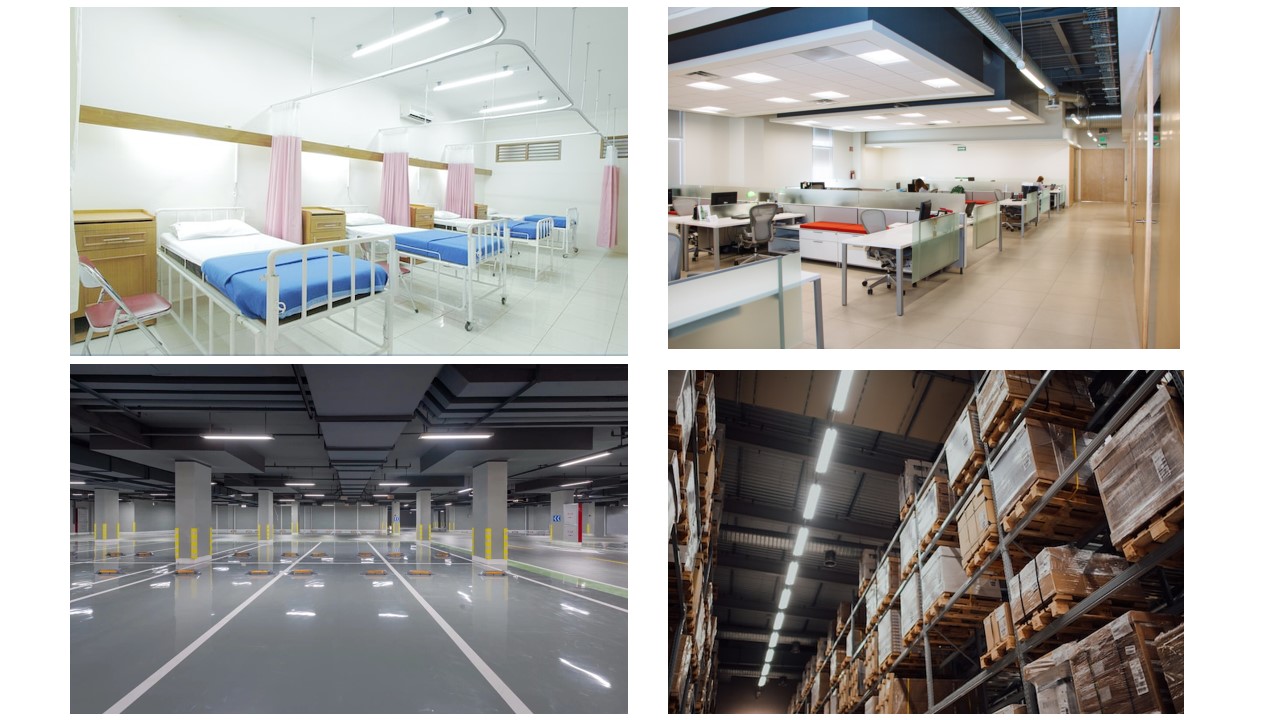Time:2024-09-29 Views:1

As LED smart lighting becomes more sophisticated, wireless lighting control is becoming easier and more user-friendly. The core idea behind wireless smart lighting is to customize the lighting environment as needed. Smart lighting is usually controlled by employees, who can set up and control it using an app or an external handheld remote control. Lights can be dimmed, thus maintaining the comfort level of all participants.
Smart lighting control systems consist of luminaire controllers (also called relay modules, power packs, or dimming modules), which are usually installed inside the luminaire or in the junction box; input devices (such as sensors and switches) and management devices, including gateways (which function similarly to wireless routers) and servers.
Smart lighting is often beneficial for retrofit projects and is more cost-effective than retrofitting traditional wired systems. It involves the interaction of input devices (such as smart sensors) and power controllers (such as switches). The input device must send a control signal to the controller, which then controls the load and then sends a control signal to the luminaire.
The resulting advantages give advanced lighting control greater installation flexibility, good scalability, and a more comfortable lighting experience, suitable for many application sites, such as offices, warehouses, parking lots, hospitals, schools, etc.

Smart lighting control has the basic function of connecting to the cloud platform, which has advantages such as energy cost saving and flexibility.
